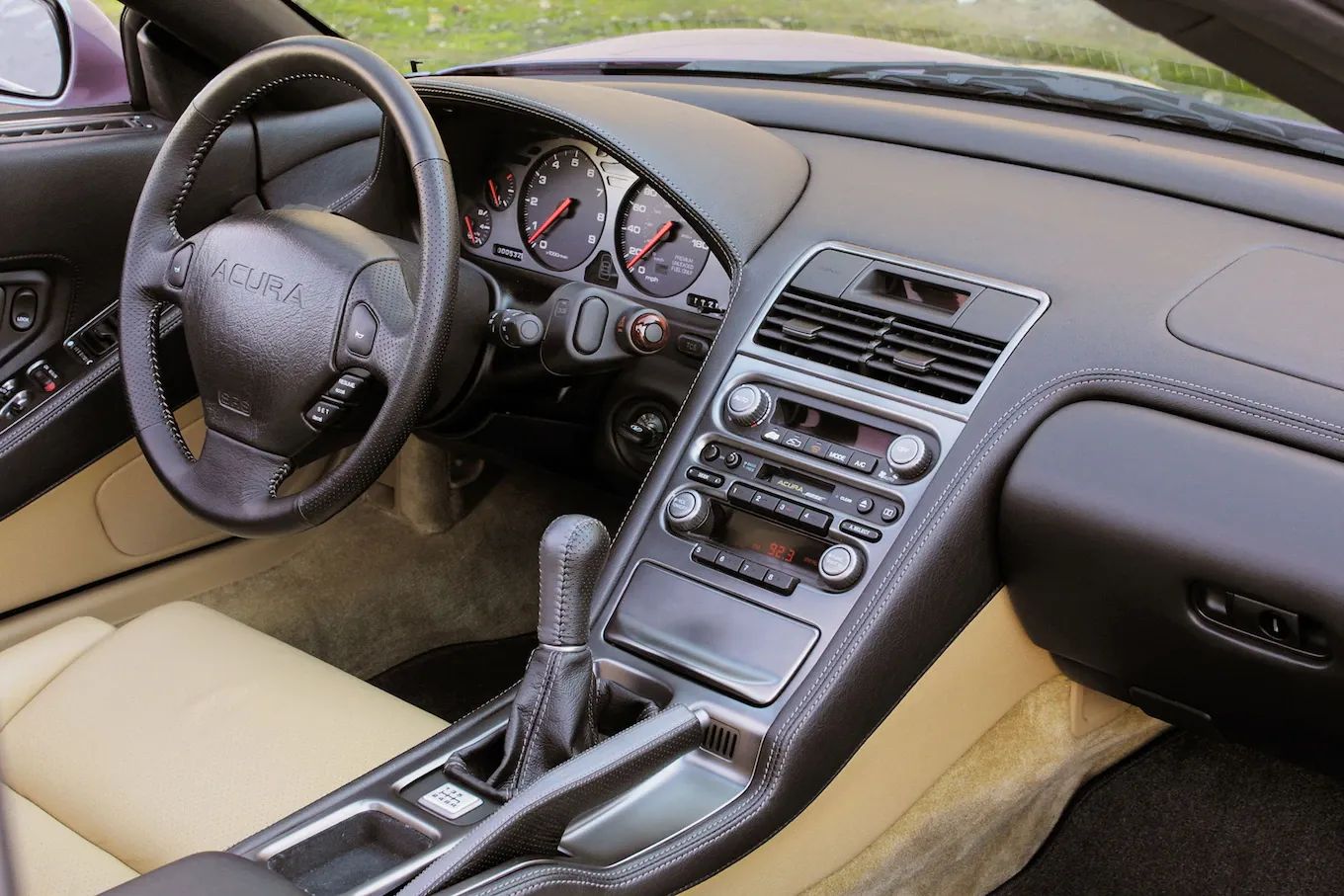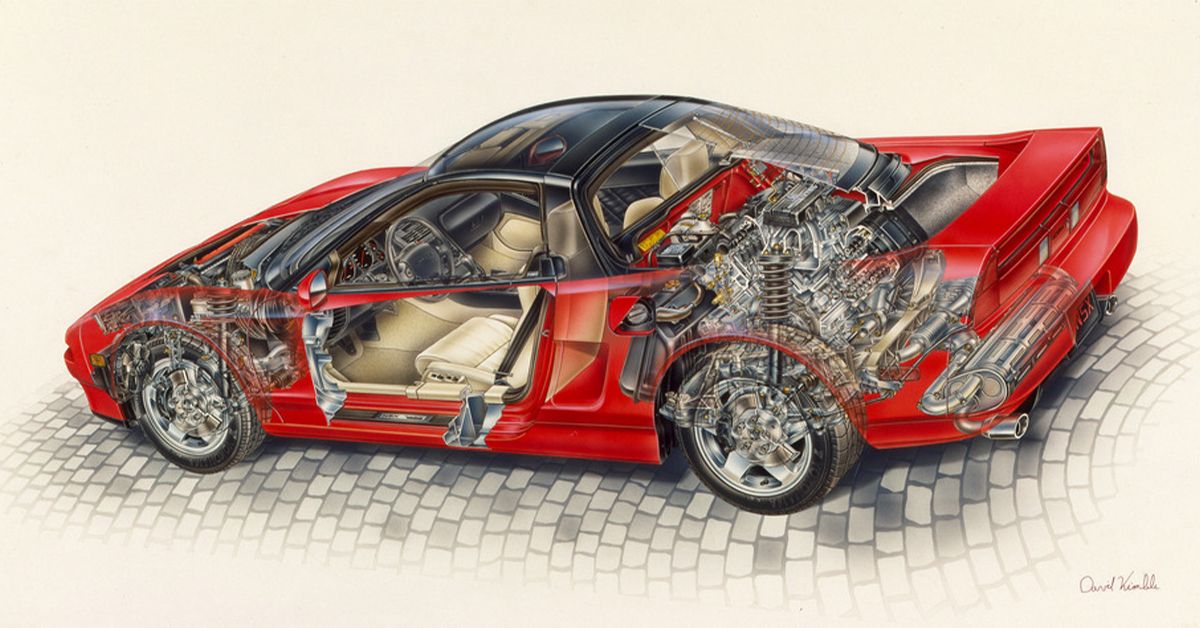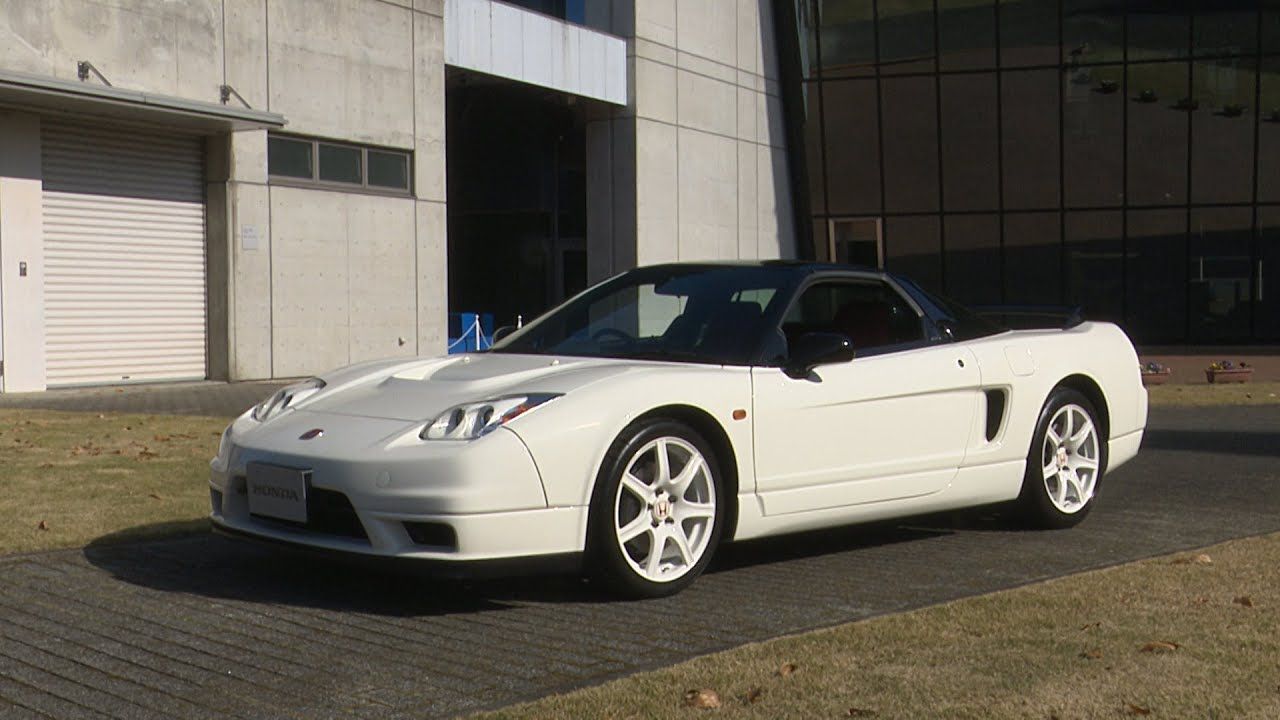As all concepts, the NSX started with a dream of power and speed. It began as a vision of creating something the world had not seen before. Honda's engineers and designers searched for answers to an age-old question: how do we make a vehicle go very fast while maintaining the comfort and safety of the driver?
They started with a blank page and ended up with something revolutionary: a 3,000cc DOHC V6 engine developing 274 horsepower, with exclusive VTEC variable valve timing control; an electronic traction control system that prevents skidding; and a fascinating bodywork, unique in the world, made entirely of aluminum.
At the time, Honda was the World Champion of Formula 1 constructors in 1986, 1987, 1989, 1990, and 1991, and the largest engine manufacturer in the world. The NSX was created as tribute to the company's founder, Soichiro Honda.
The conception of the NSX began in 1984, starting from a blank sheet and Honda's 26-year experience in Formula 1. The project responded to very ambitious goals and resorted to the most sophisticated and daring technology to create a very high-performance car without the right to make mistakes.
The Origins Of The NSX
Initially, Honda wanted to build the HP-X model in 1984 with a 2-liter mid-engined V6 rear-wheel-drive to compete with Ferrari's V8 engine. Even then, their desire to offer it at a lower price and more excellent reliability led the project to evolve into producing the experimental NSX sports car. The project, started by engineer Shigeru Uehara and chief designer Masahito Nakano, adopted technologies from other aerodynamic models, including the F-16's cockpit.
When it started, it became the first series-produced model with a full aluminum body kit. Under the hood, it had a 3.0L V6 engine with either a 4-speed sports shift automatic transmission or a 5-speed manual. The first NSX was launched in 1989 and underwent a performance upgrade in 1997 that included its overhaul with a 3.2L V6 engine.
The 2005 NSX At A Glance
It wasn't until 2001 that the Honda NSX received its only restyling. The characteristic pop-up headlights were gone, and the appearance of the bumpers changed slightly. In addition, the revised suspension had to deal with larger wheels and tires, and Honda introduced new body colors.
The body featured a removable aluminum roof panel that you could easily stow under the rear glass hatch. Also, the 2005 NSX received various styling enhancements to update the look of the car. The chassis also received refinements to ensure its competitiveness as a world-class sports car.
Additional external styling refinements included mesh side air intakes, a trunk lip spoiler, aggressive exhaust tips, and a redesigned taillight configuration. The 2005 NSX also debuted Xenon High-Intensity Discharge (HID) headlights.
The refinements to the chassis included a larger diameter rear stabilizer bar, firmer front springs, and large wheels and tires to enhance the car's dynamic handling characteristics. The enhancements helped reduce the car's drag coefficient from 0.32 to 0.30 and raise the top speed to 175 mph.
The Specs Of The 2005 NSX
The 2005 NSX offered two different powerplants. The first was an all-aluminum 3.2-liter V-6 that pushed out 290 horsepower and 224 lb-ft of torque with a six-speed manual gearbox. The second was an all-aluminum, 3.0-liter V-6 capable of producing 252 horsepower and 210 lb-ft of torque. In addition, the engine was complemented by an electronically controlled four-speed automatic transmission with Formula One-inspired Sequential SportShift.
Both engines were naturally aspirated and featured dual overhead cams, four valves-per-cylinder, a Variable Valve Timing and Lift Electronic Control (VTEC) system, and a Variable Volume Induction system.
They also featured Programmed Fuel Injection (PGM-FI) and a direct-ignition system that uses six individual coils, one mounted atop each spark plug, instead of a single coil for all six cylinders.
The chassis featured all-aluminum construction for lightweight. In addition, the four-wheel, independent double-wishbone suspension featured aluminum-alloy control arms and hub carriers front and rear to minimize unsprung weight for optimum handling. Still, if we compare the 2005 NSX to a modern Porsche, the NSX's aluminum structure is not as solid as the Boxster's steel foundation. But let's not forget the first-gen NSX was engineered in the 1980s.
Aluminum subframes for the suspension further reduced suspension mass. The braking system featured large-diameter, ventilated four-wheel discs, and an advanced four-channel Anti-lock braking system (ABS). In addition, Honda incorporated a sophisticated Traction Control System (TCS) to help limit wheel-spin and enhance control.
Why Was The 2005/1st Gen NSX Killed?
There are several reasons why Honda discontinued the Acura NSX. First, the engine had not been regularly updated to the point where it could pass strict emission control standards. Second, Honda wasn't selling enough units to make the company profitable and sustainable.
Also, since the car was built by hand, it failed to enjoy the economies of scale that most large production brands enjoy. This kept the price high, well above what it could have been, for a similar mass-produced model. There was a sense of dissatisfaction among potential consumers that the car lacked the power to make it a supercar in line with its branding.
Finally, Honda stopped production because the price range was similar to that of models with superior qualities and specifications to the NSX. For $90,000, you could get sleeker and more prestigious models like a V8-powered Ferrari.

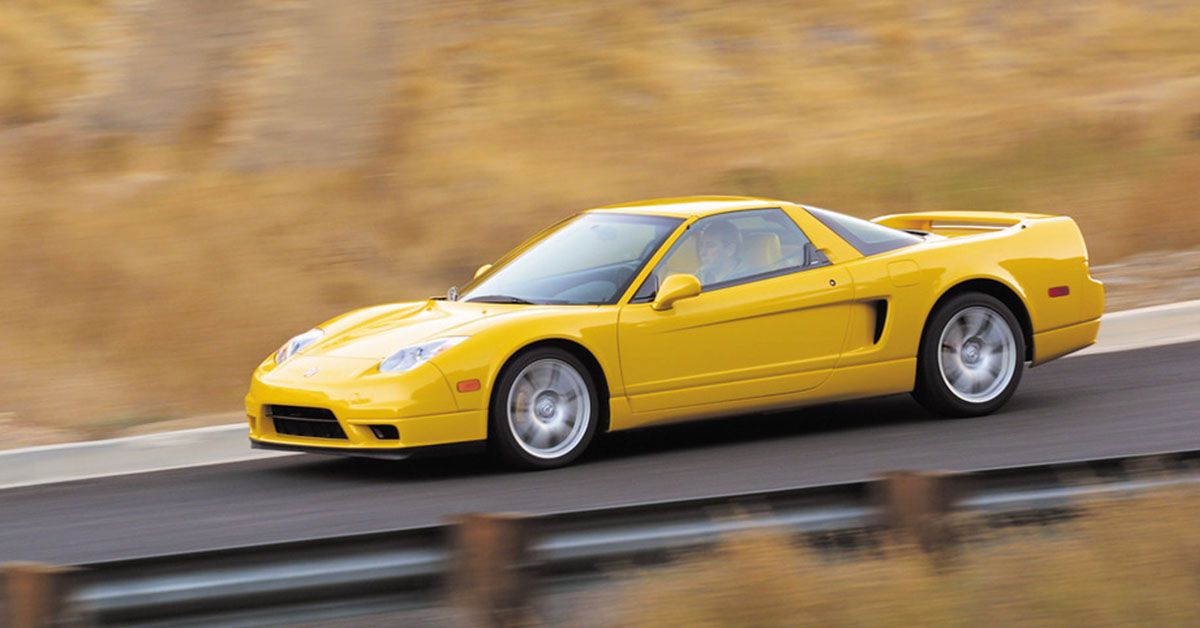
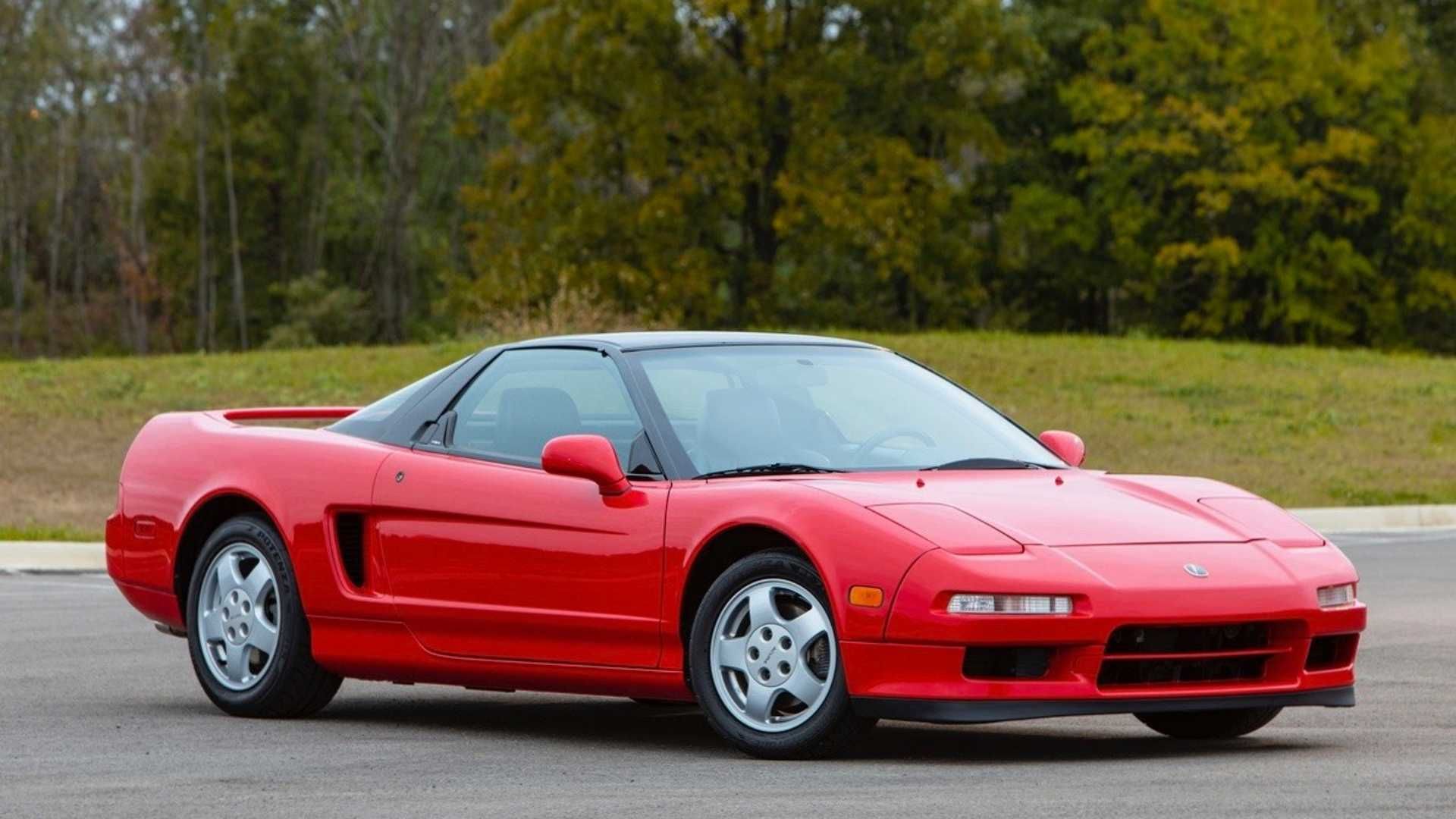
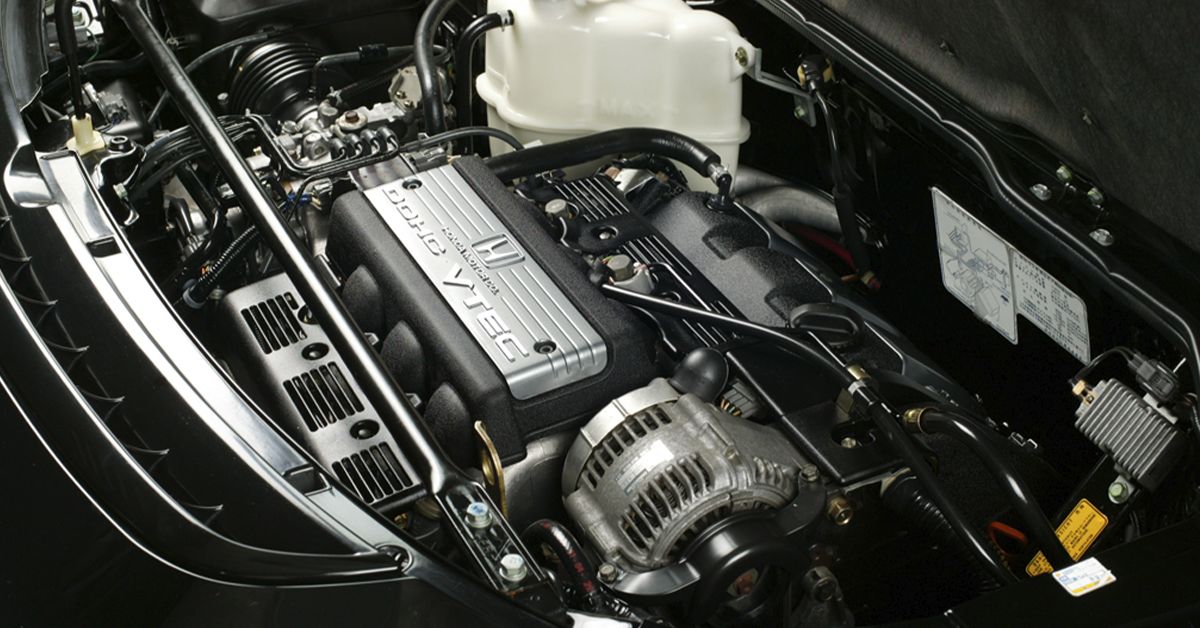
.jpg)
.jpg)
